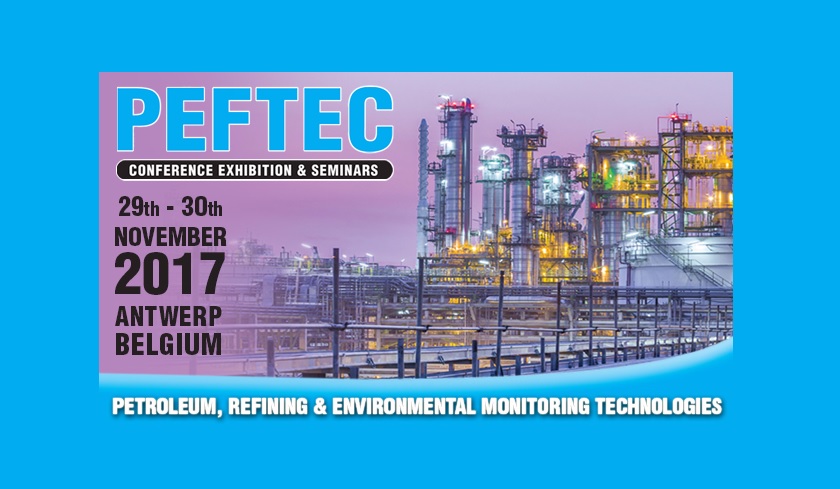
Earlier this month, the University of Colorado Anschutz Medical Campus published a groundbreaking report into the potential health risks of living near to an oil or gas facility. The study, conducted in Colorado’s North Front Range, sought to understand the levels of hazardous air pollutants (including carcinogens such as benzene) residents near to oil and gas facilities were exposed to.
Using ambient air samples to estimate and compare risks for four residential scenarios, the study found that the lifetime cancer risk of those living within 500 feet of a well was eight times higher than the U.S Environmental Protection Agency’s (EPA) upper level risk threshold.
The research by the University of Colorado is the latest in a long line of damning studies into air quality. In March of this year, the University of Innsbruck published a paper revealing the world’s first ‘fingerprint’ of urban emissions VOC sources, finding that the levels of volatile organic compounds (VOCs) are even higher than previously reported. Furthermore, the US EPA issued a report last year which found that long-term exposure to benzene levels as low as 1ppm could lead to long-term health conditions, such as anaemia, immune system damage and acute myeloid leukaemia.
Responding to the research, Steve Billingham, CEO of gas monitoring specialist Duvas Technologies, commented: “Fortunately, there have been major advancements over the past decade in the development of air quality monitoring technology. Alongside proven photoionization detection and gas chromatography technology, advances in UV Differential Optical Absorption Spectroscopy (UV-DOAS) are delivering unprecedented levels of precision and flexibility.
“Next-generation monitoring solutions, such as the Duvas DV3000, quickly and clearly analyse gas type and concentration to within parts per billion (ppb) range. The system has already been adopted by businesses across the petrochemical industry to deliver fast, accurate and real-time benzene data. With the system is capable of monitoring for up to 13 additional species, its application can play a much more prominent role in the wider global air quality market.”
Billingham continues: “The recent academic studies highlight the need for a unified, global agreement on legislating against hazardous air pollutants. A great example of this can be found in California, which takes a particularly progressive approach to legislating against benzene and other VOC emissions. I’d like to see other states throughout America – and governments across the world – make serious commitments to improving air quality.”
“The findings from the University of Colorado are hugely concerning, for both those living near to an oil and gas facility, and those working at said facilities. A joined-up approach is critical to future progress and engendering legislative change, and we now have the technology to make accurate, real-time gas monitoring a reality.”








